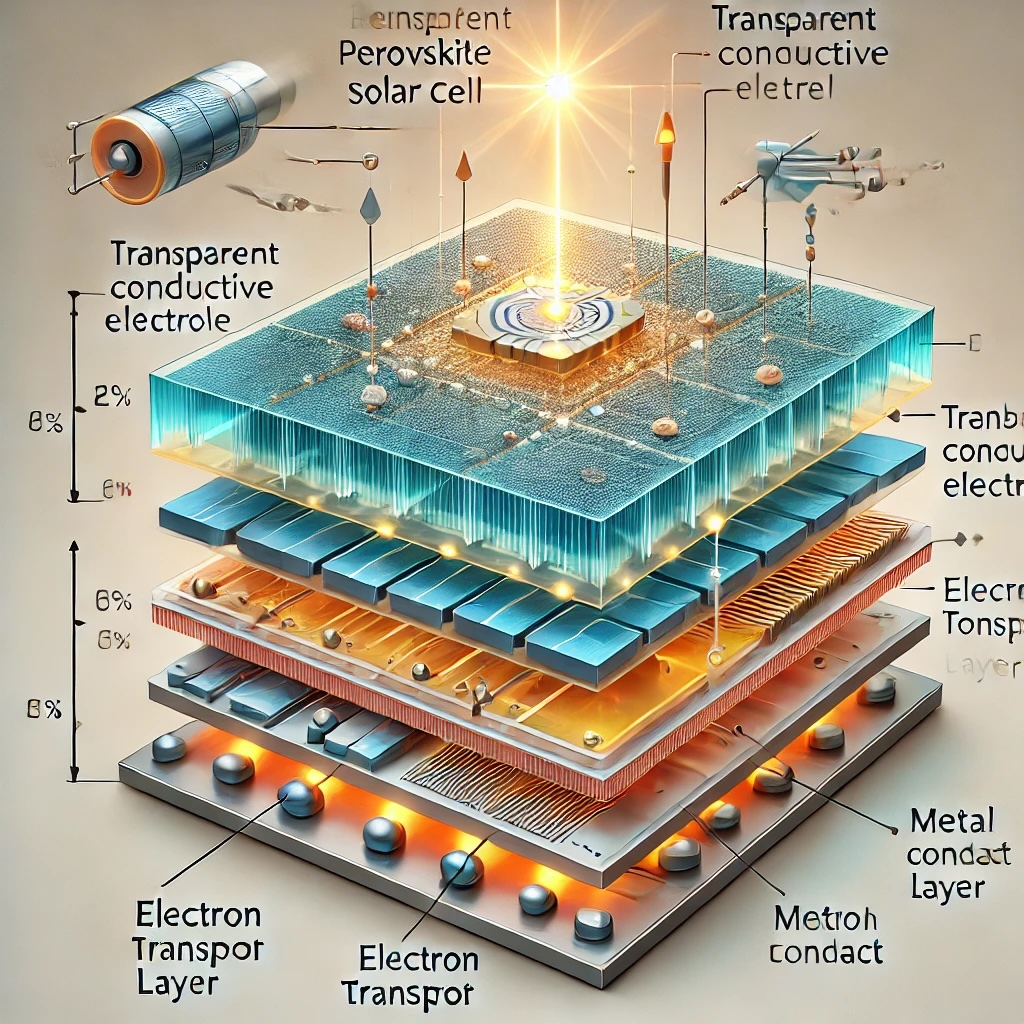Revolutionary Solar Technology Boosts Clean Energy Efficiency

In the pursuit of a brighter and more sustainable future, solar technology continues to advance at an astonishing pace. As the world grapples with the pressing need to reduce carbon emissions and transition to renewable energy, innovative solutions are driving the solar industry forward. This blog post delves into a groundbreaking solar technology that promises to revolutionize the landscape of clean energy and significantly boost its efficiency.
The Need for Advanced Solar Technology
Today, the world faces an array of environmental challenges, chief among them the imperative to mitigate climate change. Here’s why advanced solar technology is more crucial than ever:
- Global Warming: Human activities have increased atmospheric CO2 levels, leading to climate change.
- Energy Demand: Growing populations and industrial activities are driving an ever-increasing demand for energy.
- Finite Fossil Fuels: Fossil fuels are depleting, necessitating a transition to renewable energy sources.
- Environmental Degradation: Fossil fuel extraction and use cause significant harm to ecosystems.
Current Limitations of Solar Power
Although solar power has made significant strides, a few limitations have hindered its widespread adoption and efficiency:
- Energy Conversion Efficiency: Traditional solar panels convert only a fraction of sunlight into electricity.
- Energy Storage: Storing solar energy for use during non-sunny periods remains a challenge.
- High Initial Costs: The upfront investment for solar installations can be considerable.
- Space Requirements: Large areas are often needed for solar farms, which can be a constraint in densely populated regions.
Introducing Revolutionary Solar Technology
In light of these challenges, researchers and innovators are constantly seeking new methods to enhance the efficiency and feasibility of solar power. One such groundbreaking technology that’s making waves is perovskite solar cells.
What Are Perovskite Solar Cells?
Perovskite solar cells utilize a unique mineral structure called perovskite, known for its appealing optoelectronic properties. These cells offer several advantages over traditional silicon-based solar cells:
- Higher Efficiency: Perovskite cells have reached an impressive efficiency of over 25% in laboratory conditions, surpassing conventional silicon cells.
- Lower Production Costs: The materials and processes needed to produce perovskite cells are less costly.
- Flexibility: Perovskite cells can be produced in flexible, lightweight forms that open up new applications.
- Ease of Manufacturing: These cells can be manufactured at lower temperatures and with less complexity.
How Perovskite Solar Cells Work
Perovskite cells operate using a thin layer of perovskite material. Here’s a closer look at their unique functioning:
- Layer Structure: They consist of several layers, including a transparent conducting layer, the perovskite active layer, and electron and hole transport layers.
- Light Absorption: The perovskite layer absorbs sunlight and generates electron-hole pairs.
- Charge Separation: The transport layers separate these charges, producing an electric current.
- Reduced Recombination: This structure minimizes the chances of electron-hole recombination, adding to the efficiency.
The Future of Solar Energy with Perovskites
With continuous research and development, perovskite solar cells could lead the solar industry toward a myriad of improvements:
- Increased Efficiency: Ongoing innovations aim to push the efficiency of perovskite cells even higher.
- Durability and Stability: Enhanced stability can make these cells more practical for widespread usage.
- Hybrid Solutions: Combining perovskites with existing silicon technology can yield even better performance.
- Diverse Applications: Flexible and lightweight perovskite cells can be integrated into various surfaces, from building facades to portable devices.
Real-World Applications of Advanced Solar Technology
The advent of revolutionary solar technologies could transform several sectors:
Residential and Commercial Solar Panels
Advanced solar panels equipped with perovskite technology can be installed on rooftops, providing a more efficient and cost-effective solution for homeowners and businesses alike. This technology will allow:
- Higher Energy Outputs: Maximizing the energy harvested from limited roof space.
- Reduced Payback Period: Faster return on investment due to higher efficiency and lower costs.
- Nighttime Energy Use: Innovations in storage solutions allow for harnessing solar power even during non-sunny hours.
Solar Farms
Utility-scale solar farms are set to benefit immensely from perovskite technology:
- Enhanced Efficiency: Increased energy conversion rates will amplify the output of solar farms.
- Cost Savings: Lower production and installation costs ensure more economical large-scale solar projects.
- Scalability: Easy manufacturing guarantees a quicker expansion of solar infrastructure.
The Impact on Global Energy Markets
As revolutionary solar technologies gain traction, their impact on global energy markets will be profound:
- Lower Energy Prices: As the cost of solar energy falls, electricity prices could see a significant decrease.
- Energy Independence: Countries could reduce their dependency on imported fossil fuels.
- Job Creation: Growth in the solar industry could lead to new opportunities in manufacturing, installation, and maintenance.
- Environmental Benefits: A transition to cleaner energy sources will contribute to reduced greenhouse gas emissions and less environmental degradation.
Barriers and Challenges
While the future looks promising, there are still challenges to be addressed:
- Stability Concerns: Researchers are working on improving the long-term durability and stability of perovskite materials.
- Environmental Impact: Ensuring that perovskite production and disposal do not harm the environment remains a priority.
- Regulatory Hurdles: Navigating existing regulations and standards is crucial for widespread adoption.
Conclusion
The development of advanced solar technologies, particularly perovskite solar cells, marks a significant milestone in the renewable energy sector. Promising higher efficiency, lower costs, and more diverse applications, these innovations are poised to revolutionize solar power and accelerate the transition to clean energy. As research progresses and barriers are overcome, the world can look forward to a brighter, more sustainable future powered by the sun.
Stay tuned to our blog for more updates on the latest advancements in solar technology and other renewable energy solutions. Together, we can achieve a greener tomorrow!
“`
